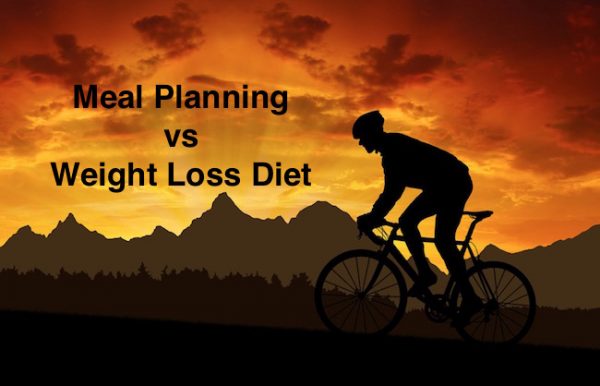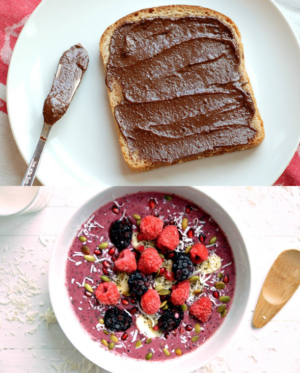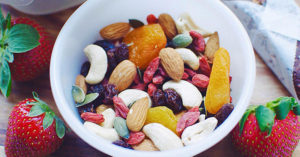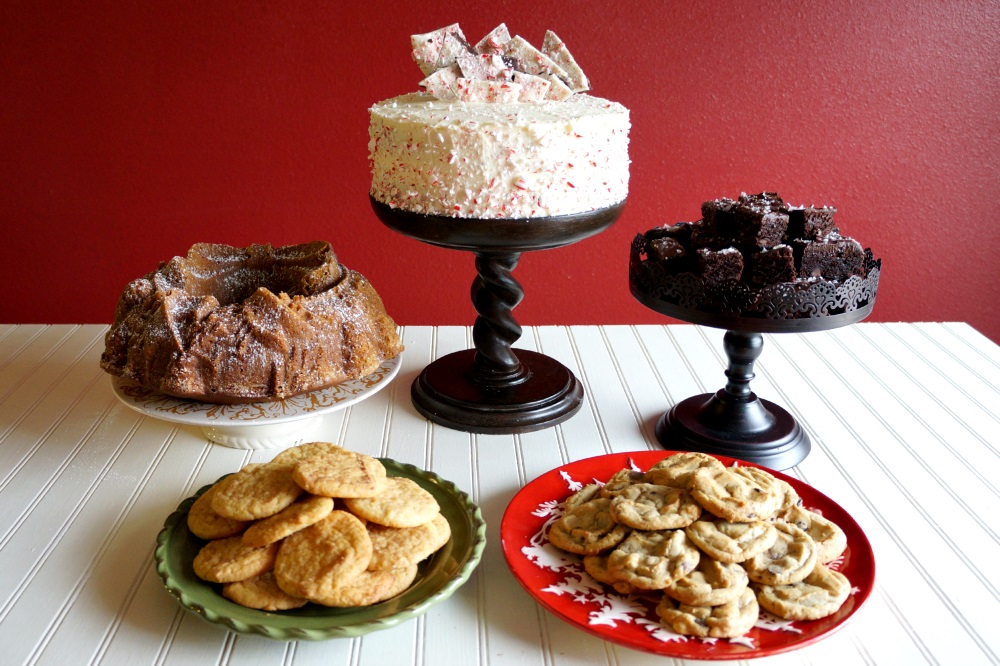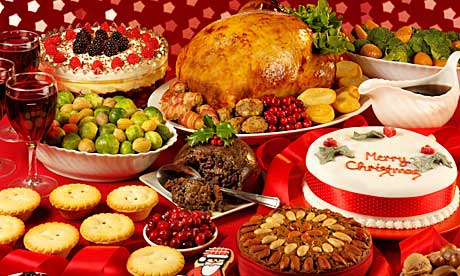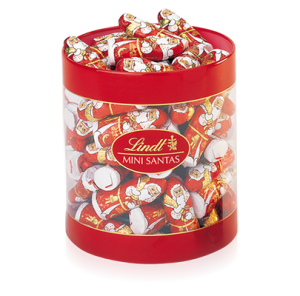Avoid Holiday Weight Gain

It can be easy to let your fitness and exercise regime go by the wayside when company arrives and you have to organize dinners and events. However there are some tips to help you maintain some of you cycling fitness over the holidays.
Do Something Active Daily
Try to get in 30-60 minutes of activity each day. This will keep your body used to the exercise stimulus.
Set your bike up on the trainer downstairs or in a garage where it won’t bother your family and watch an episode of a show, or the news each morning. That way your holiday cycling is done for the day while everyone else is slowly rising and you can spend the remainder of the day visiting with the family.
Be Flexible
In all reality, you’re probably not going to get in a solid three hours of riding in every day, and that’s okay. Be realistic and flexible with your goals and expectations. Shoveling snow is a great strength workout and good for the upper body and core. Offer to shovel your street for your neighbors as well! They will appreciate it and you will get in a strength workout.
Go to the Gym or a Class
Hitting the gym is a convenient way to maintain fitness as well as bond with family members. Go as a group and get your sweat on together so you can enjoy the turkey later. Try out a spin class to get your legs spinning.
Head out for an outdoor ride or commute to satisfy your holiday cycling. If your town isn’t too covered in snow, it is a good option to commute for errands to maintain some cycling fitness.
Don’t Stress About Holiday Meals
Everything in moderation is usually the way to go at all times of the year, so keep it going through the holidays. Treat yourself to that piece of pie, a beer and butter and gravy on your potatoes. You deserve to participate in your family’s feast and not to feel guilty while doing it.

Avoid going for seconds. Most often loading up the plate multiple times is the pitfall for weight gain.
Enjoy the desserts and rich drinks, but these are calorie dense so bare that in mind when going for drink number 4.
Eat and drink slowly. This will fill you up, and allow you to properly taste and digest the food.
Enjoy it! Don’t feel guilty, food is good for you and ultimately will be used for your holiday cycling fuel.
Try to relax and enjoy the holidays. Do not stress if you miss and training ride, or have one too many drinks. Try to maintain some holiday cycling, and that way you can enjoy all of the delicious treats that come with this festive time of year!

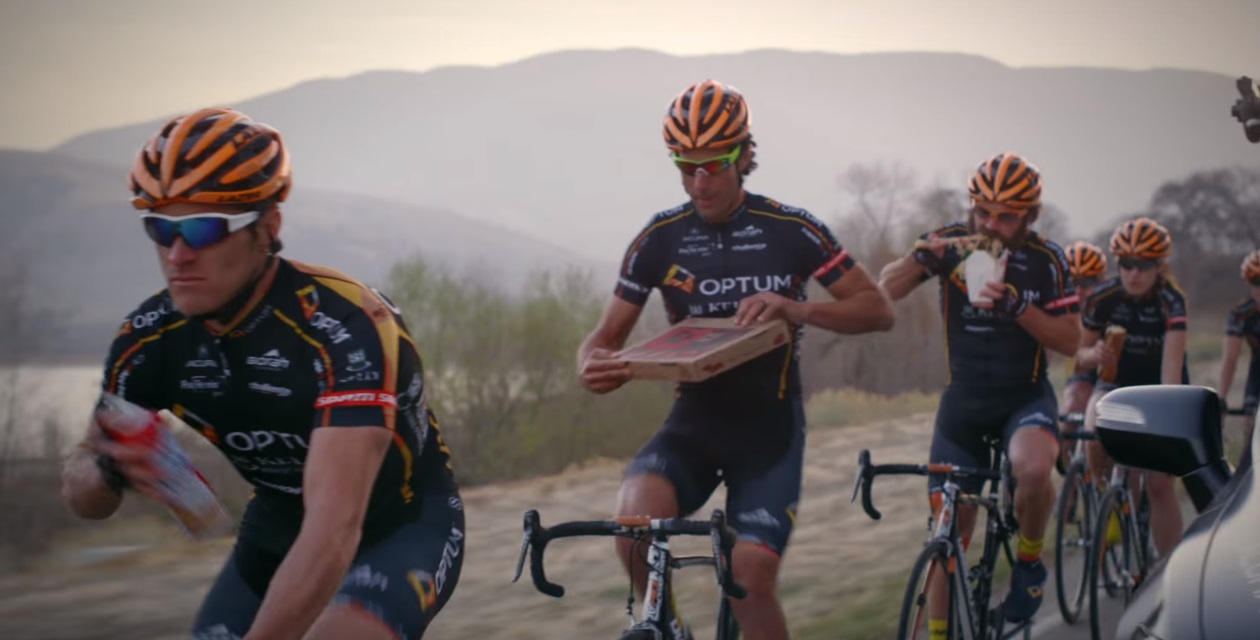
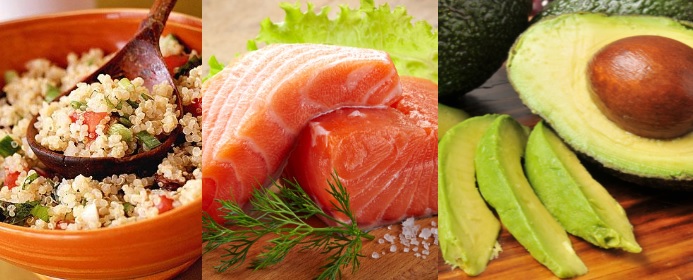

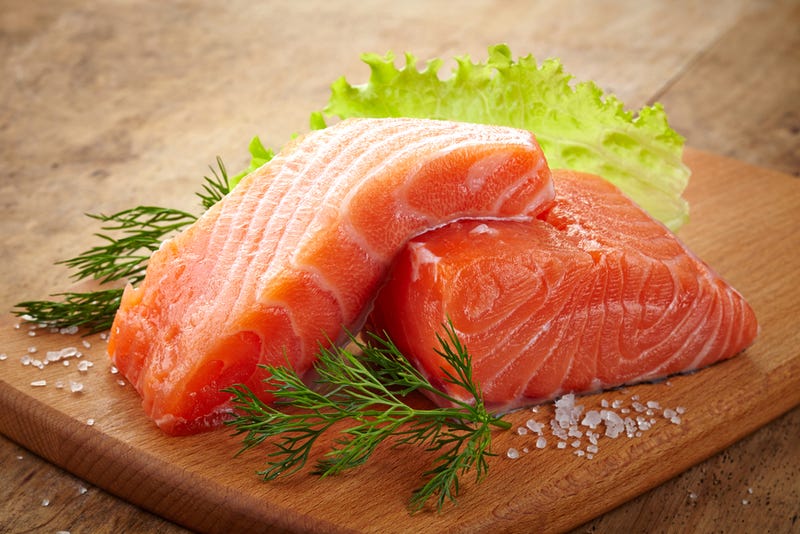


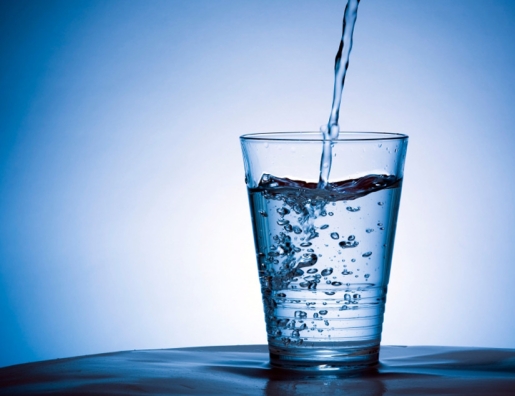
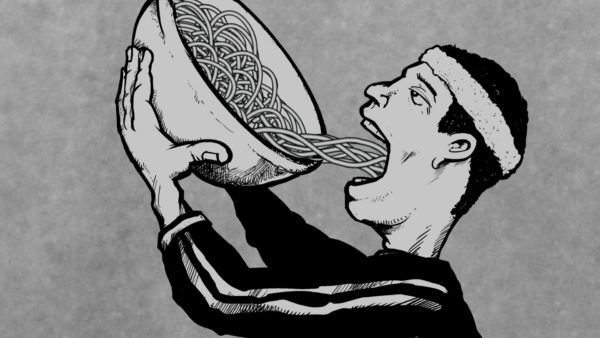
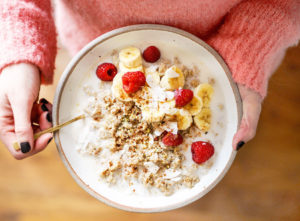
 Not fueling properly
Not fueling properly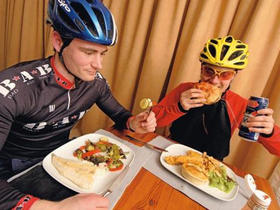
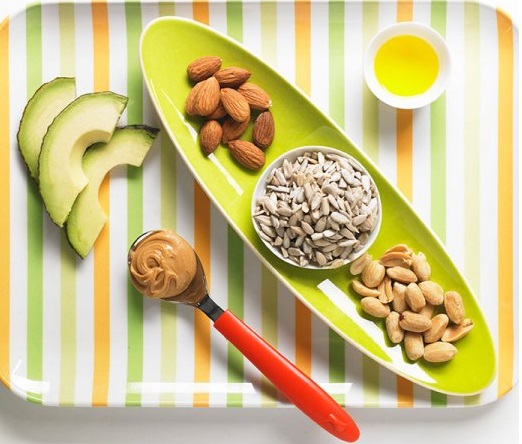
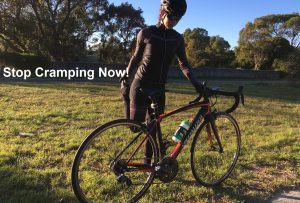
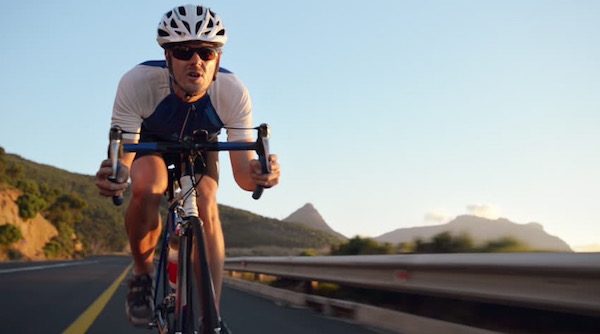 Eating disorders are prevalent in our sport. We don’t perceive them because the sport is incredibly lean to begin with, but in a culture shrink-wrapped in lycra, it’s only natural to obsess about the excess fat we carry around. Eating disorders in cycling are prevalent for a couple of reasons. Firstly, there is no denying that being lighter makes going uphill easier; weight has a substantial performance impact on the bike. Secondly, the idolized image of a featherweight in their skin-tight kit, floating up the local hill is another contributing factor that puts cyclists at risk.
Eating disorders are prevalent in our sport. We don’t perceive them because the sport is incredibly lean to begin with, but in a culture shrink-wrapped in lycra, it’s only natural to obsess about the excess fat we carry around. Eating disorders in cycling are prevalent for a couple of reasons. Firstly, there is no denying that being lighter makes going uphill easier; weight has a substantial performance impact on the bike. Secondly, the idolized image of a featherweight in their skin-tight kit, floating up the local hill is another contributing factor that puts cyclists at risk.